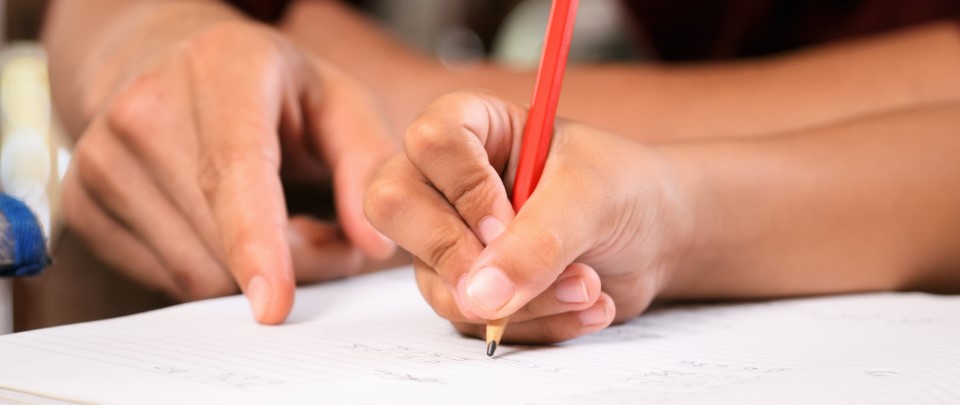The Child Centre Method
Dr Alweena Awan is the Founder and International Director of The Child Centre Method – Learning and Behaviour Improvement Program® (CCM).
CCM is the culmination of over twenty years of experience of working with children, as teacher, researcher and therapist.
The Child Centre Method® is a “systematic integrated program that allows the practitioner to firstly identify the individual challenges that each child / client faces and secondly, to create a unique program for that individual”.
Retained Primitive Reflexes are the keys to understanding many child learning and behaviour issues and the treatment of these forms a major part of The Child Centre Method®.
What are Primitive Reflexes?
Primitive and Postural Reflexes are programmed automatic movements which develop in Utero for our survival. An example is the Moro reflex, which allows a new born to take its first breath. Problems arise if the reflex is retained, as the body is held in “fight / flight” mode. As a baby grows up, this primitive reflex is replaced by newly learned movements, in a process of integration.
However, when the process of integration is not complete, the reflex will have an adverse effect on a child’s emotional well-being as well as how the child learns and behaves.
ADHD, Dyslexia, Dyspraxia, difficulty with reading and writing, concentration and emotional management are examples of issues related to retained primitive reflexes.

How does The Child Centre Method help with Retained Primitive Reflexes?
The Child Centre Method®assessment allows the practitioner to build a very clear picture of what is going on at a neurological and behavioural level with the child. It includes, reading and writing tests, sound and visual mechanics, as well as physical movement capacity tests, to determine the child’s issues and the Primitive Reflexes involved.
When these have been accurately determined, a unique plan can be created for the child. The plan is determined by selecting elements of the program to suit the specific needs of the child.
What sort of results should I expect from The Child Centre Method?
When a Primitive Reflex has been integrated the changes in child behaviour are always noticeable. You will have removed a stress or several layers of stress from the child. As a result your child be;
• calmer and more stable, happier.
• less shy or less aggressive.
• have better coordination.
• have improved spelling, writing and comprehension.
• have improved coordination.
How many treatments in The Child Centre Method does it take to effect Retained Primitive Reflexes?
The number of treatments really depends of the severity of the condition at hand. On average between 5-10 treatments will have a significant and measurable impact on your child’s development. When the assessment is carried out parents will have a very clear picture about what is causing the child’s issue and how many treatments may be required.
What we offer
- Assessment of primitive reflexes and a specifically tailored programme for each child
- Home program to enhance sensory integration and auditory processing
- Train teachers to use the SIMPLE programme
- Class based PE programme for Neuro-developmental delay
- Provide training for teachers in the use of strategies and techniques for improving motivation, behaviour and learning.
- Conduct Primitive Reflex awareness seminars to the general public
Method and Therapies
Neuro Energetic Kinesiology (NK )
- Maximises brain intergration
- Address auditory and visual pathways
- Neuro -development delay and retained reflexes
- De stress the emotional survival system in the brain
Neural organisation technique (NOT)
- Address Structural , Emotional, neural pathways in the brain
- Non invasive treatment protocol to specifically organise and reorganise a disorganised central nervous system.
Movement program
- Sensory Integration and Movement Program for Learning and Enhancement (SIMPLE) to address neural developmental delay, primitive reflexes and sensory integration in schools
- Sensory Integration Training (SIT) to address sensory integration and retained reflexes
Auditory balancing
Balancing the auditory process using NK techniques
